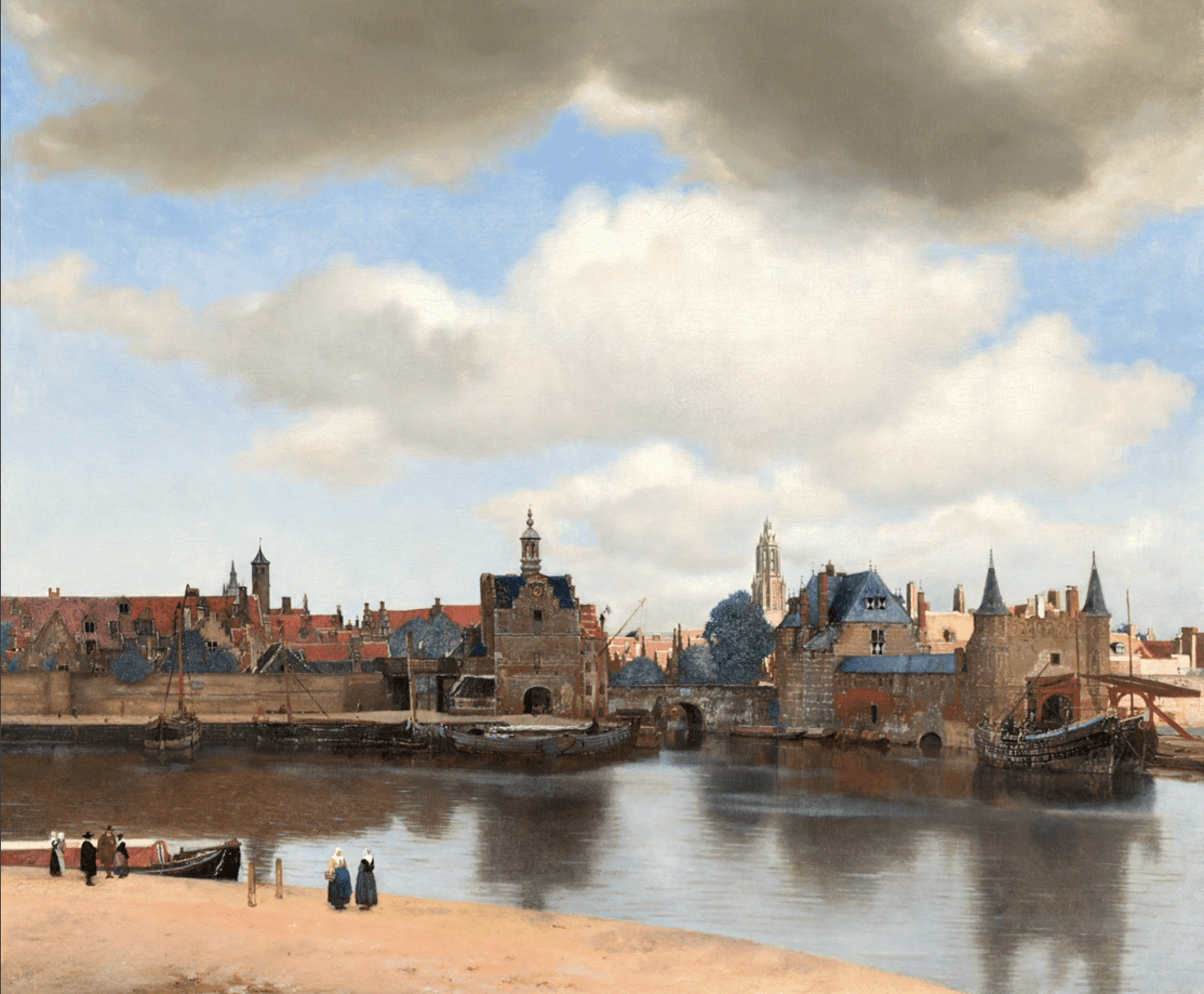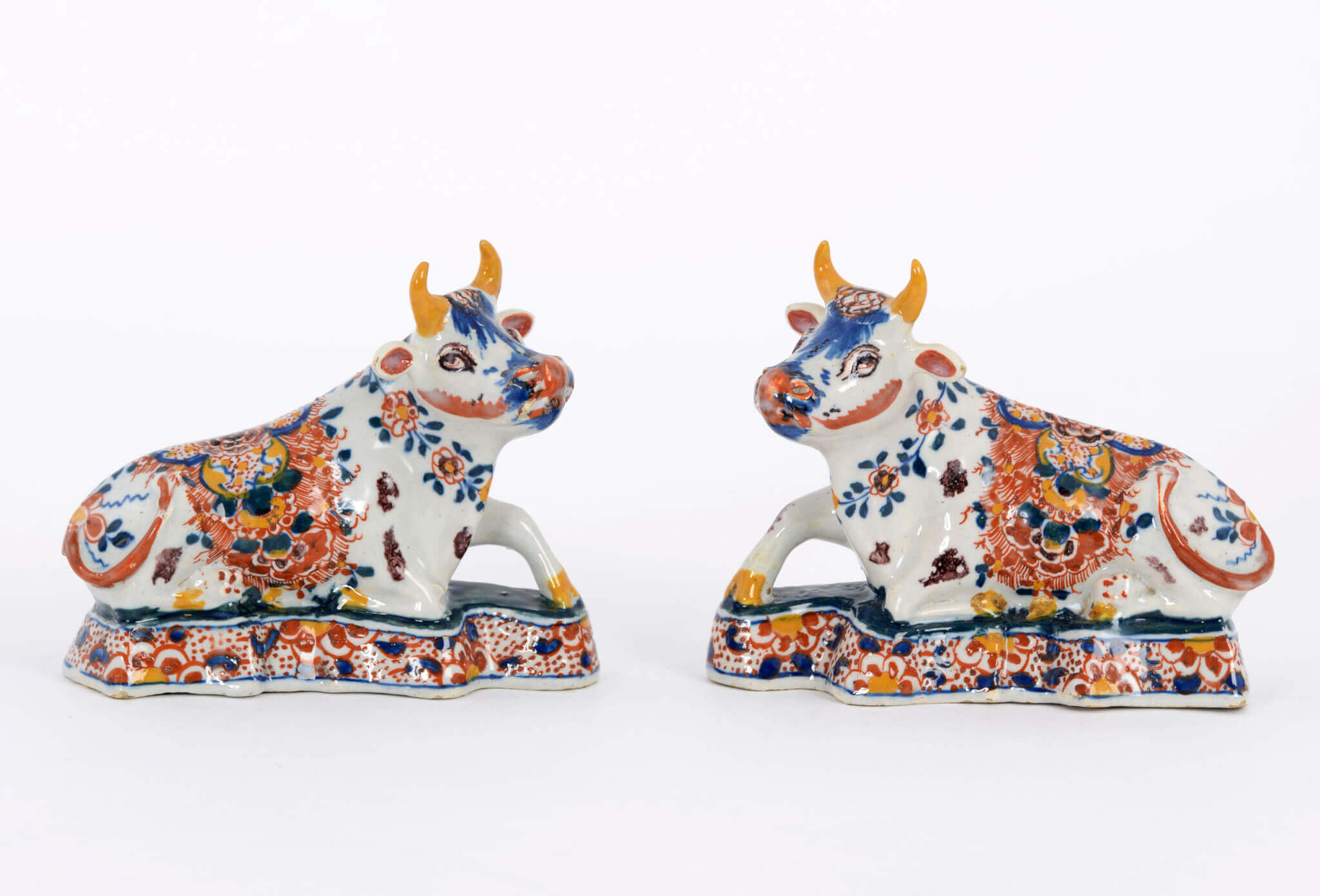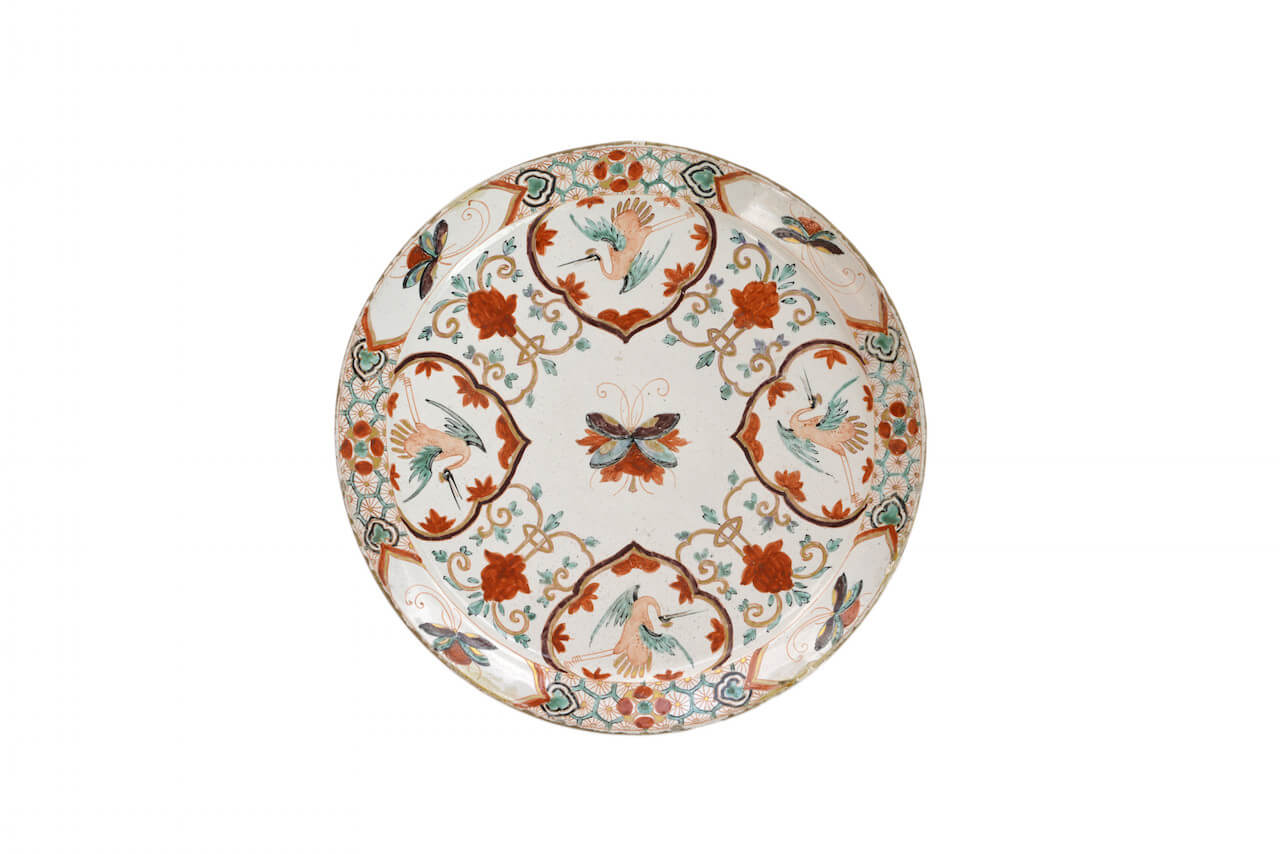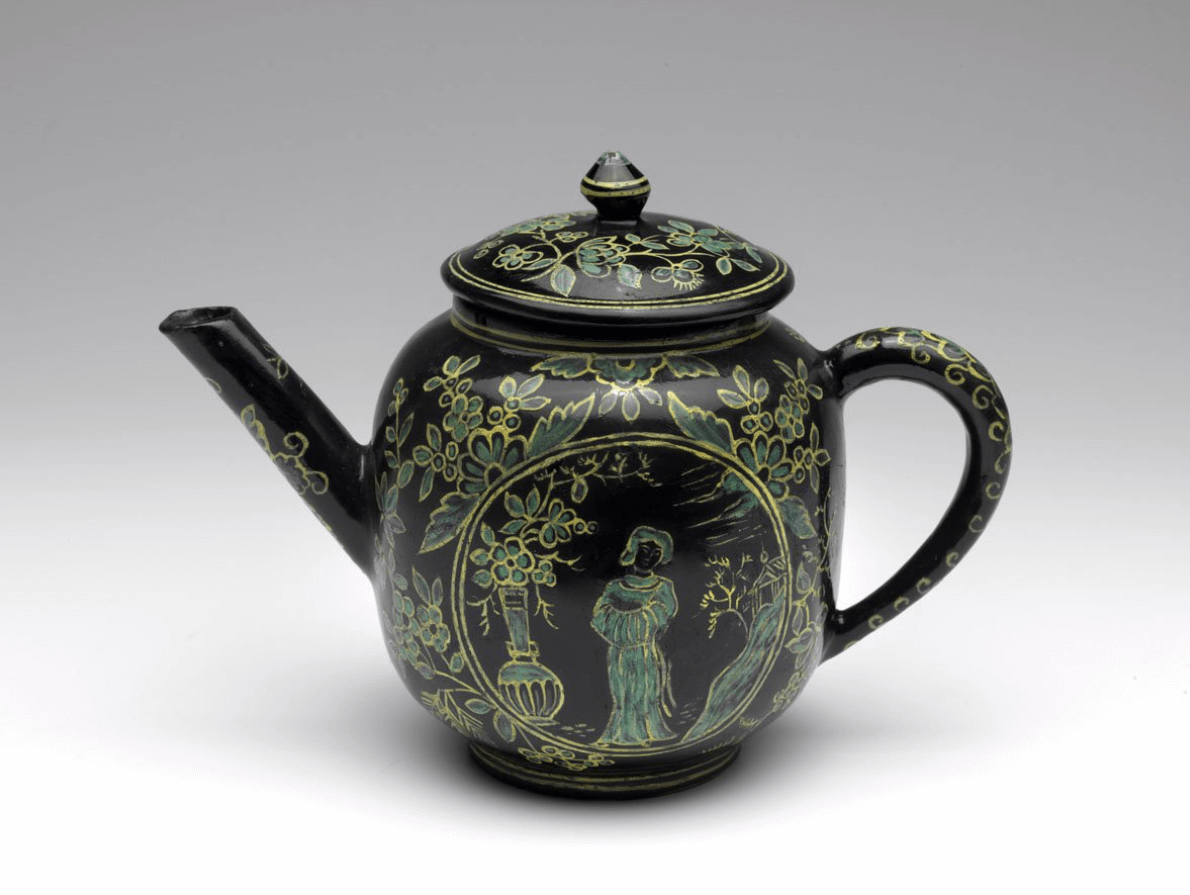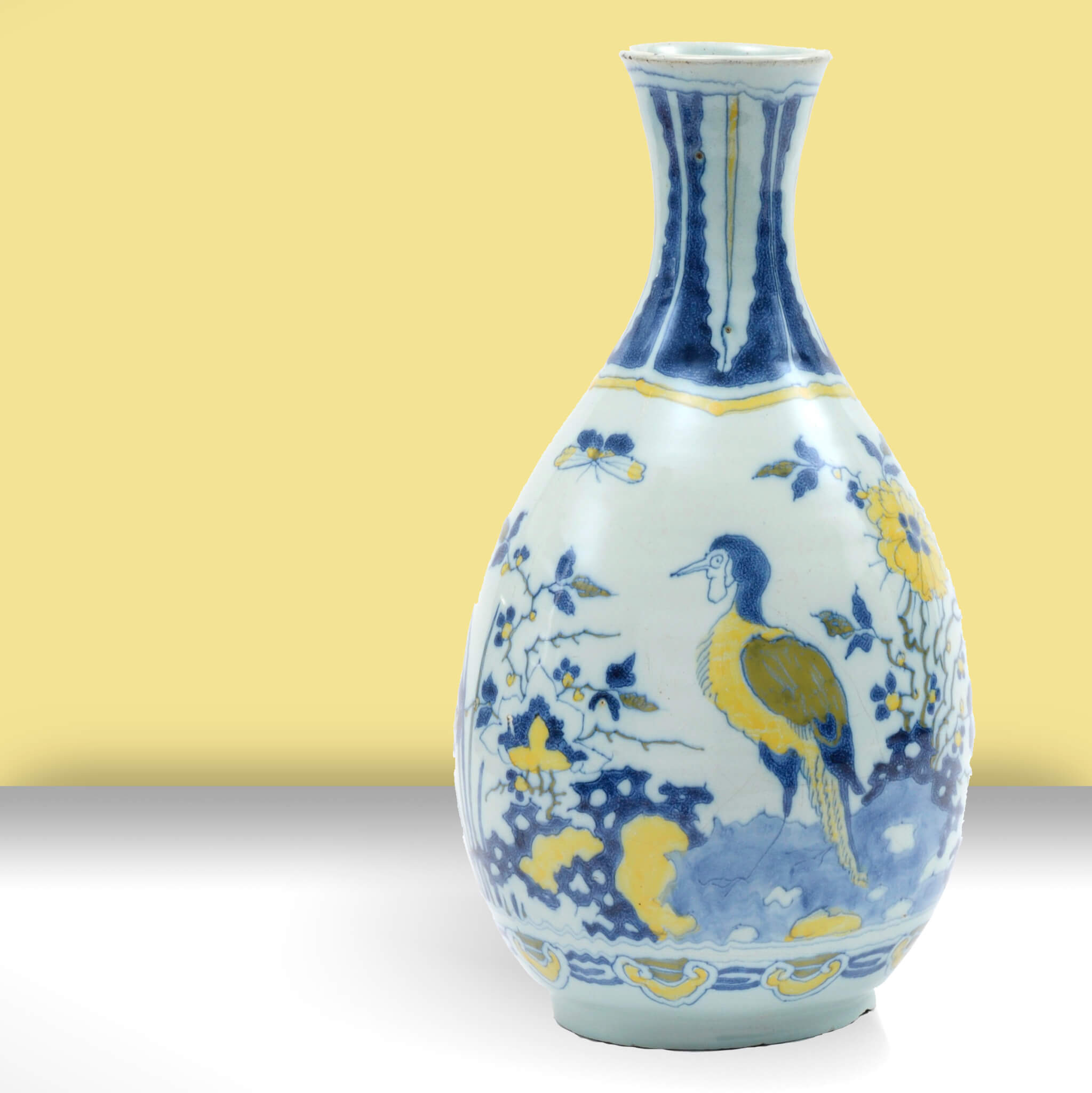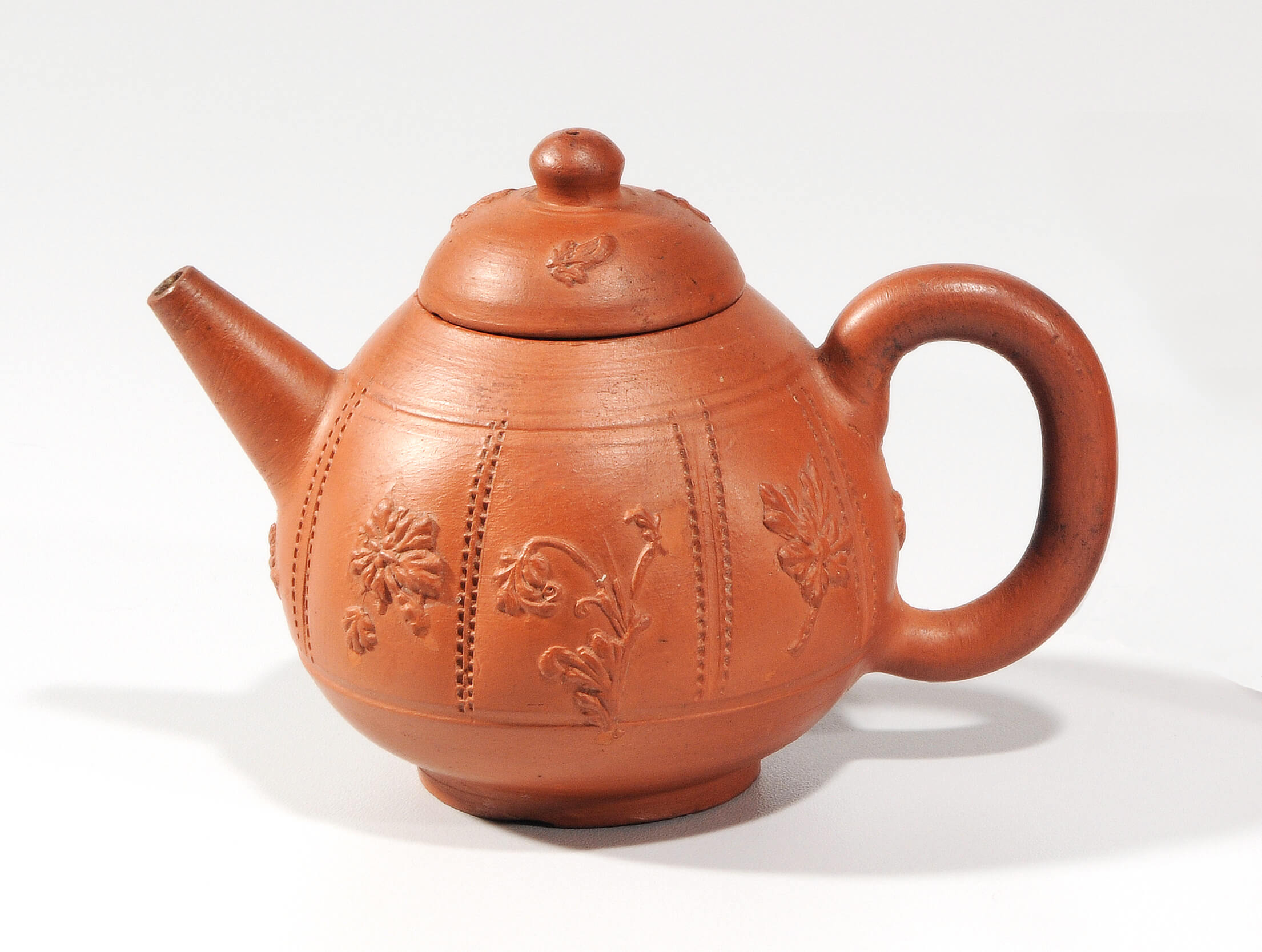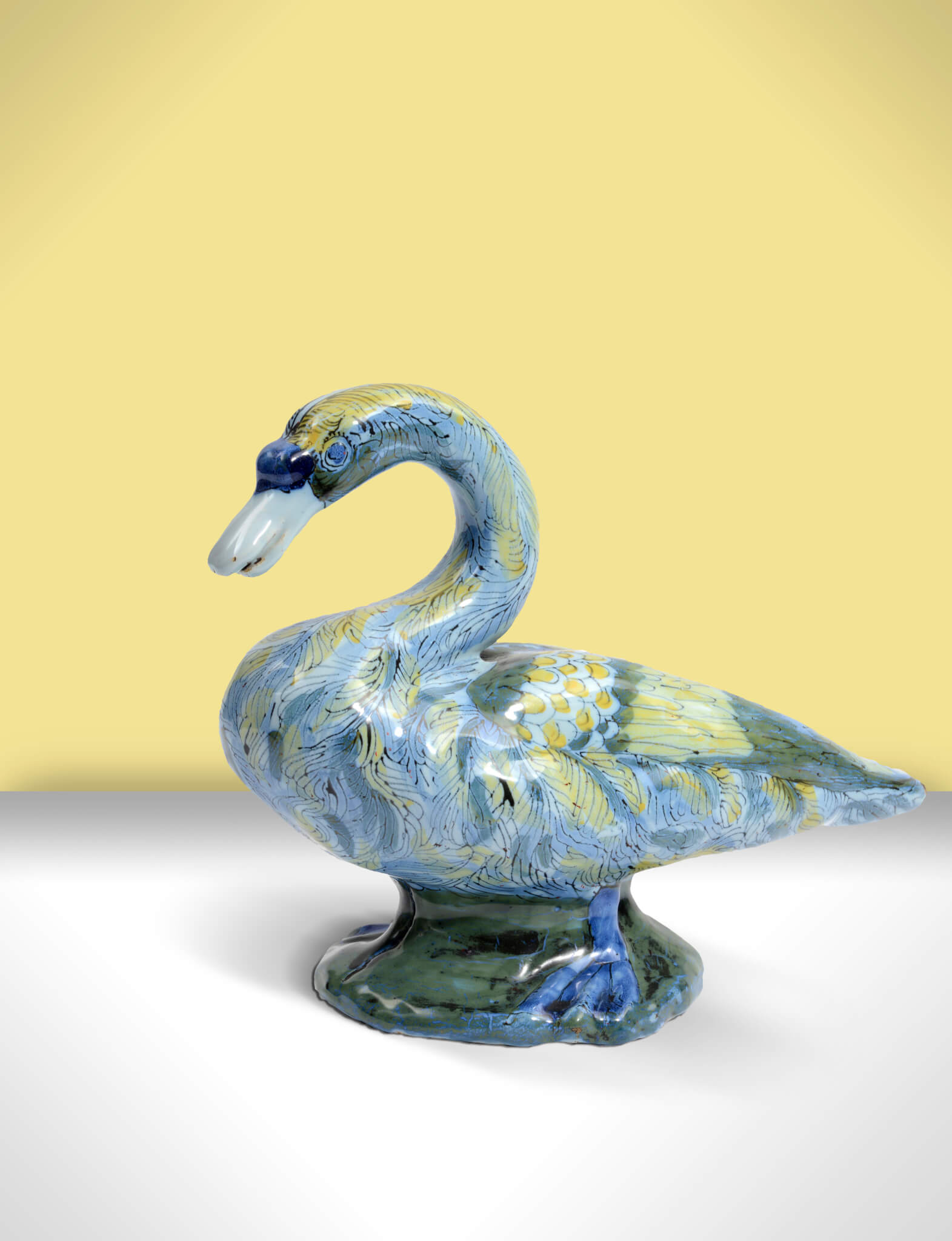The City of Delft in the Seventeenth and Eighteenth Centuries
Nowadays, the city of Delft is synonymous with its earthenware that was produced in the seventeenth and eighteenth centuries. Although it is still somewhat of a mystery why Delft became one of the main centers of faience production in the seventeenth century, it is interesting to explore the social, political and cultural climate in which…

